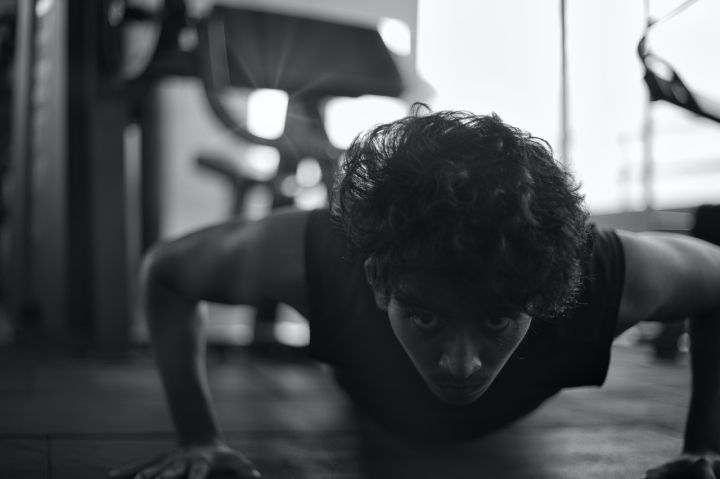At the moment, fitness is not popular enough in our country and seeing that many people have a lot of questions about fitness shows that people are still very concerned about their body functions. Now i'm going to give you a round-up to teach you how to get your core in shape and get your athleticism up to scratch.

How to develop a 'rock-solid' core
People who are in good shape tend to show a good relationship between stability and flexibility throughout the power chain, and a stable core improves flexibility in the limbs.
The strength of the core can greatly affect our future athletic performance, so building a rock-like core is the most important thing we should do in our fitness career.

The core mentioned here is mainly the middle core, which is responsible for stabilising our whole body and connecting the upper and lower limbs. The middle core consists of:The diaphragm above, the transversus abdominis in the middle, the lumbar square, the multifidus and the lower pelvic floor muscles at the back. It is not uncommon to see the 'old hands' activating the core muscle groups before normal training, and the activated core muscle groups are also referred to as the middle core. Activation of the core allows us to perform more stable movements and reduces the occurrence of compensations.
To get a good core, we can try the following methods.
I. Abdominal breathing

One detail that many people may not notice when doing abdominal breathing is the tightening of the pelvic floor muscles (the sensation of tightening the jugular). While the pelvic floor muscles are an important part of our core, our traditional martial arts also require the pelvic floor muscles to contract during exercise when performing a move, thus maximising strength. Therefore, when we practice abdominal breathing to tighten the pelvic floor muscles, we can work the entire core.
Key points of detail.
1. Tightening of the pelvic floor muscles
2. Tightening of the core throughout
3. Even breathing rate
Ii. Dead bug pose

This movement is ideal for our core stability training and it also trains our hip flexibility, killing two birds with one stone and serving as a means of activation once the core is strong.
Points of detail:
1. Keep your back to the ground
2. Be careful not to touch the ground when lowering your legs.
3. Keep the entire core tight, especially the pelvic floor muscles
Iii. Supine leg raise

This is a very classic movement that helps us to work our entire core, including the hip flexors. Usually we think of this movement as a purely abdominal muscle training exercise. In fact, simply training the abdominal muscles is not as effective as curls. This is because using the hip flexors, the abdominals are likely not to be tired, but the front of the thighs are very sore. However, if we are training the core, this is a perfect exercise and i hope you will add it to our arsenal of core training exercises.
Points of detail:
1. Back to the floor
2. Start with a bent knee and slowly transition to a straight leg.
3. Lower the pelvis to a position where the pelvis is about to be reversed.
Iv. Straight bridge

I first learned this movement from a book. This movement is particularly helpful for our entire posterior core chain and shoulder stability, and i still practice it today.
Details:
1. Lock the elbow joints, but do not hyperextend the arms
2. Keep the head in the direction of spinal extension
3. The feet need to slide forward
The movements above are the ones i do regularly, they are suitable for beginners and they allow us to strengthen our core. They can also be used as a means of activating our core before training as we become stronger.
These movements should be practised at least three times a week. For beginners, 2-3 sets of each movement should be enough, stopping to correct when the movements are not done to standard.

